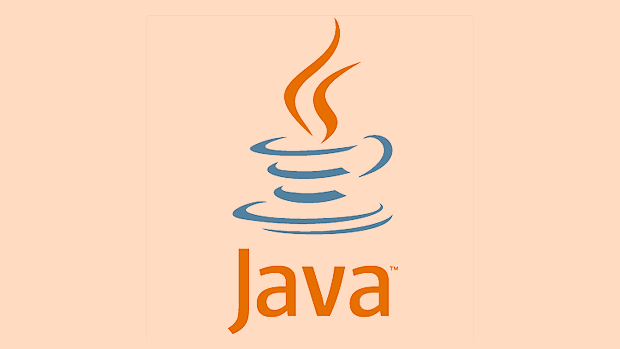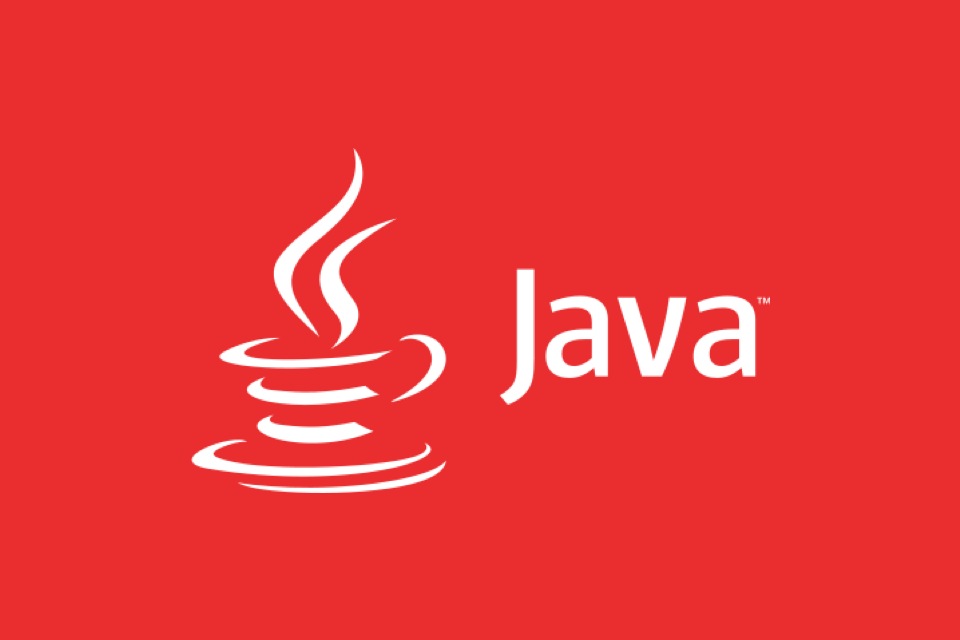Migrating a Monolithic Java Application to Microservices
Jul 29, 2025 am 02:30 AMMigrating monolithic Java applications to microservices should adopt a progressive strategy rather than a one-time rewrite, and gradually replace them using the Strangler model; 2. Identify bounded contexts based on domain-driven design and split according to business capabilities (such as user management, order processing); 3. Each microservice should have an independent database, deployment cycle and clear API contract; 4. Implement service decoupling through event-driven architecture (such as Kafka); 5. Reconstruct the modules before extraction to reduce coupling; 6. Gradually introduce modern technology stacks such as Spring Boot, Docker, and Kubernetes and unify standards; 7. Implement service discovery, API gateways and observability tools; 8. Ensure service data is private during data migration, and share it through API or event; 9. First verify the architecture in a small scale and establish operation and maintenance capabilities, and then gradually expand; 10. The entire process requires both technology, team structure and long-term maintainability, and finally, the single application will be phased out after the new service is ready.

Migrating a monolithic Java application to microservices isn't about rewriting everything at once—it's about breaking down a large, tightly coupled system into smaller, independent services that can be developed, deployed, and scaled independently. Done right, this improves agility, scalability, and maintainability. But it's not without risks. Here's how to approach it strategically.

Start with a Clear Strategy, Not a Rewrite
Jumping straight into rewriting your monolith is a common mistake. Instead, adopt an incremental migration approach . Use the Strangler Pattern : gradually replace parts of the monolith with new microservices while keeping the old system running in parallel.
- Identify bounded contexts using domain-driven design (DDD). Look for natural separation points—like user management, order processing, or inventory—where logic is relatively self-contained.
- Begin by extracting a single, well-defined module as your first microservice.
- Route traffic through APIs or a service mesh, letting the new service coexist with the monolith.
This reduces risk and allows you to validate your architecture, tooling, and deployment pipelines early.

Break Down the Monolith by Business Capability
Not all parts of your app should become services. Focus on business capabilities , not technical layers.
For example, in an e-commerce app:

- User authentication & profile management
- Product catalog
- Order processing
- Payment handling
- Inventory management
Each of these can become a microservice with:
- Its own database (avoid shared databases)
- Independent deployment cycle
- Clear API contract (prefer REST or gRPC)
Key tip: Use domain events and messaging (eg, Kafka, RabbitMQ) to decouple services. When an order is placed in the monolith, publish an event. The new inventory service can consume it without direct coupling.
Modernize the Tech Stack Incrementally
You don't need to change everything at once, but consider upgrading as you extract services.
- Use Spring Boot for new microservices—it's lightweight, production-ready, and integrates well with cloud-native tools.
- Adopt containerization (Docker) and orchestration (Kubernetes) for consistent deployments.
- Implement service discovery , config servers , and API gateways (eg, Spring Cloud, Netflix OSS, or Istio).
- Add observability: logging (ELK), monitoring (Prometheus Grafana), and tracing (Jaeger or Zipkin).
But remember: consistency matters. Define a standard stack for new services to avoid chaos.
Handle Data Carefully
Data is the hardest part of migration.
- Don't share databases between services. Each microservice should own its data.
- When extracting a service, copy relevant data into its private database.
- Use database per service , but plan for eventual consistency.
- For data that must be shared, expose it via APIs or publish change events.
Example: When moving user profiles out of the monolith:
- Create a new
User Servicewith its own database. - Migrate user data in batches.
- Redirect reads/writes gradually using feature flags or routing rules.
Refactor, then Extract
Before extracting a module into a service:
- Refactor the monolith to make the component loosely coupled and well-encapsulated.
- Introduction clear interfaces and reduce dependencies.
- Write integration tests to ensure behavior stays consistent.
This makes the extraction cleaner and reduces runtime surprises.
Manage the Operational Overhead
Microservices bring complexity:
- More services = more moving parts.
- You'll need CI/CD pipelines for each (or shared templates).
- Logging and debugging becomes distributed.
- You'll need health checks, circuit breakers, and retry logic.
Start small. Prove the model with one or two services. Build platform tooling before scaling.
Conclusion
Migrating a Java monolith to microservices is a journey, not a project. Focus on:
- Incremental extraction using the Strangler Pattern
- Clear domain boundaries
- Independent data ownership
- Gradual adoption of cloud-native practices
It's not about technology alone—it's about team structure, ownership, and long-term maintenance.
Basically, take it step by step, validate each move, and keep the monolith alive until you're ready to retire it.
The above is the detailed content of Migrating a Monolithic Java Application to Microservices. For more information, please follow other related articles on the PHP Chinese website!

Hot AI Tools

Undress AI Tool
Undress images for free

Undresser.AI Undress
AI-powered app for creating realistic nude photos

AI Clothes Remover
Online AI tool for removing clothes from photos.

Clothoff.io
AI clothes remover

Video Face Swap
Swap faces in any video effortlessly with our completely free AI face swap tool!

Hot Article

Hot Tools

Notepad++7.3.1
Easy-to-use and free code editor

SublimeText3 Chinese version
Chinese version, very easy to use

Zend Studio 13.0.1
Powerful PHP integrated development environment

Dreamweaver CS6
Visual web development tools

SublimeText3 Mac version
God-level code editing software (SublimeText3)

Hot Topics
 A Developer's Guide to Maven for Java Project Management
Jul 30, 2025 am 02:41 AM
A Developer's Guide to Maven for Java Project Management
Jul 30, 2025 am 02:41 AM
Maven is a standard tool for Java project management and construction. The answer lies in the fact that it uses pom.xml to standardize project structure, dependency management, construction lifecycle automation and plug-in extensions; 1. Use pom.xml to define groupId, artifactId, version and dependencies; 2. Master core commands such as mvnclean, compile, test, package, install and deploy; 3. Use dependencyManagement and exclusions to manage dependency versions and conflicts; 4. Organize large applications through multi-module project structure and are managed uniformly by the parent POM; 5.
 Building RESTful APIs in Java with Jakarta EE
Jul 30, 2025 am 03:05 AM
Building RESTful APIs in Java with Jakarta EE
Jul 30, 2025 am 03:05 AM
SetupaMaven/GradleprojectwithJAX-RSdependencieslikeJersey;2.CreateaRESTresourceusingannotationssuchas@Pathand@GET;3.ConfiguretheapplicationviaApplicationsubclassorweb.xml;4.AddJacksonforJSONbindingbyincludingjersey-media-json-jackson;5.DeploytoaJakar
 Developing a Blockchain Application in Java
Jul 30, 2025 am 12:43 AM
Developing a Blockchain Application in Java
Jul 30, 2025 am 12:43 AM
Understand the core components of blockchain, including blocks, hashs, chain structures, consensus mechanisms and immutability; 2. Create a Block class that contains data, timestamps, previous hash and Nonce, and implement SHA-256 hash calculation and proof of work mining; 3. Build a Blockchain class to manage block lists, initialize the Genesis block, add new blocks and verify the integrity of the chain; 4. Write the main test blockchain, add transaction data blocks in turn and output chain status; 5. Optional enhancement functions include transaction support, P2P network, digital signature, RESTAPI and data persistence; 6. You can use Java blockchain libraries such as HyperledgerFabric, Web3J or Corda for production-level opening
 python property decorator example
Jul 30, 2025 am 02:17 AM
python property decorator example
Jul 30, 2025 am 02:17 AM
@property decorator is used to convert methods into properties to implement the reading, setting and deletion control of properties. 1. Basic usage: define read-only attributes through @property, such as area calculated based on radius and accessed directly; 2. Advanced usage: use @name.setter and @name.deleter to implement attribute assignment verification and deletion operations; 3. Practical application: perform data verification in setters, such as BankAccount to ensure that the balance is not negative; 4. Naming specification: internal variables are prefixed, property method names are consistent with attributes, and unified access control is used to improve code security and maintainability.
 css dark mode toggle example
Jul 30, 2025 am 05:28 AM
css dark mode toggle example
Jul 30, 2025 am 05:28 AM
First, use JavaScript to obtain the user system preferences and locally stored theme settings, and initialize the page theme; 1. The HTML structure contains a button to trigger topic switching; 2. CSS uses: root to define bright theme variables, .dark-mode class defines dark theme variables, and applies these variables through var(); 3. JavaScript detects prefers-color-scheme and reads localStorage to determine the initial theme; 4. Switch the dark-mode class on the html element when clicking the button, and saves the current state to localStorage; 5. All color changes are accompanied by 0.3 seconds transition animation to enhance the user
 css dropdown menu example
Jul 30, 2025 am 05:36 AM
css dropdown menu example
Jul 30, 2025 am 05:36 AM
Yes, a common CSS drop-down menu can be implemented through pure HTML and CSS without JavaScript. 1. Use nested ul and li to build a menu structure; 2. Use the:hover pseudo-class to control the display and hiding of pull-down content; 3. Set position:relative for parent li, and the submenu is positioned using position:absolute; 4. The submenu defaults to display:none, which becomes display:block when hovered; 5. Multi-level pull-down can be achieved through nesting, combined with transition, and add fade-in animations, and adapted to mobile terminals with media queries. The entire solution is simple and does not require JavaScript support, which is suitable for large
 How to use Java MessageDigest for hashing (MD5, SHA-256)?
Jul 30, 2025 am 02:58 AM
How to use Java MessageDigest for hashing (MD5, SHA-256)?
Jul 30, 2025 am 02:58 AM
To generate hash values using Java, it can be implemented through the MessageDigest class. 1. Get an instance of the specified algorithm, such as MD5 or SHA-256; 2. Call the .update() method to pass in the data to be encrypted; 3. Call the .digest() method to obtain a hash byte array; 4. Convert the byte array into a hexadecimal string for reading; for inputs such as large files, read in chunks and call .update() multiple times; it is recommended to use SHA-256 instead of MD5 or SHA-1 to ensure security.
 python parse date string example
Jul 30, 2025 am 03:32 AM
python parse date string example
Jul 30, 2025 am 03:32 AM
Use datetime.strptime() to convert date strings into datetime object. 1. Basic usage: parse "2023-10-05" as datetime object through "%Y-%m-%d"; 2. Supports multiple formats such as "%m/%d/%Y" to parse American dates, "%d/%m/%Y" to parse British dates, "%b%d,%Y%I:%M%p" to parse time with AM/PM; 3. Use dateutil.parser.parse() to automatically infer unknown formats; 4. Use .d






